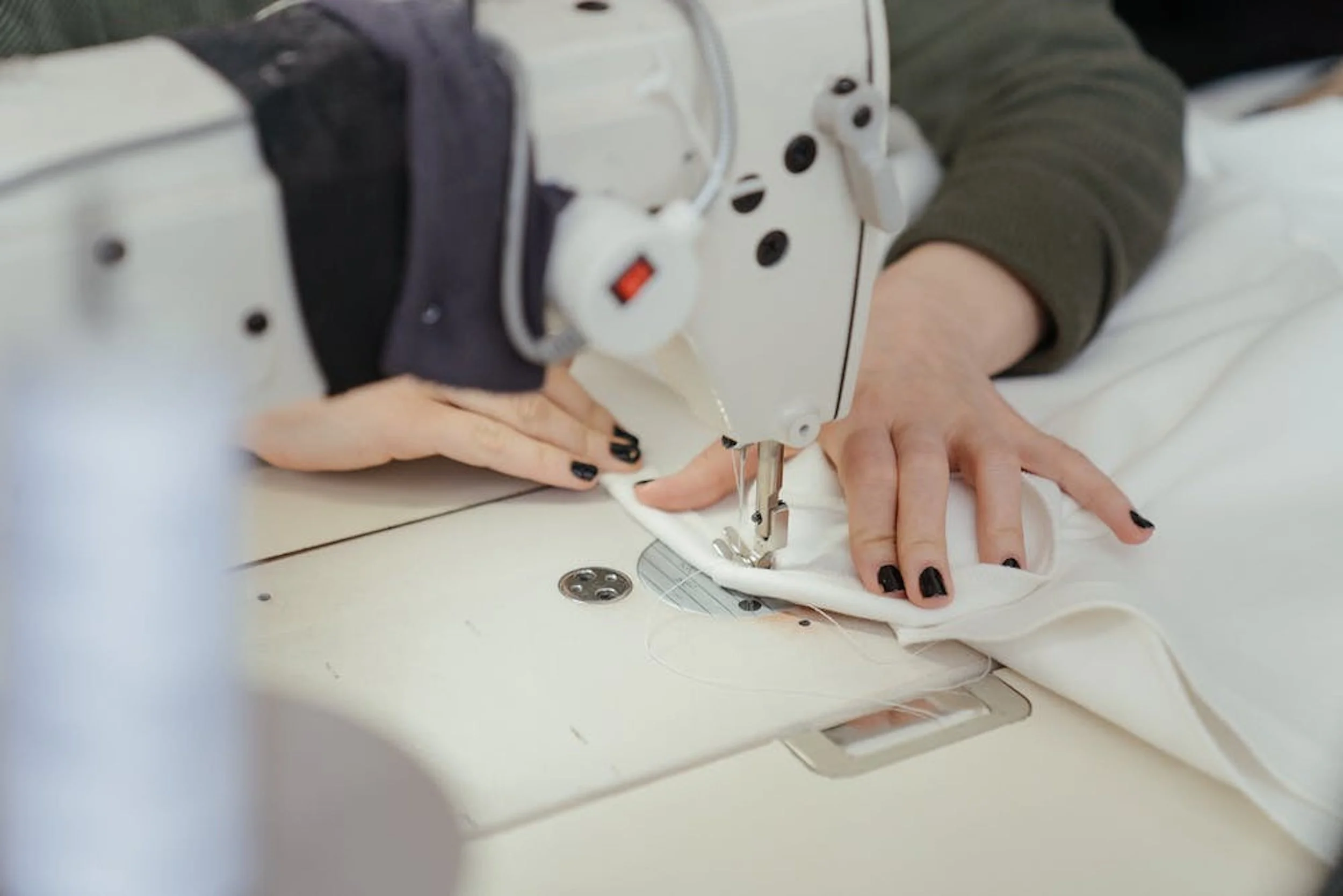Steps to Production Series -Production Quoting
You are finally ready for Production Quoting. After you've gone through the process of sampling now is the time to get accurate Production Quotes. In this post, I will help you navigate the best way to get the most accurate Production Quotes.
If you have everything ready for a factory, and followed all the steps in the Steps to Production Series, you are now ready to generate quotes. This is such an exciting step that many often take it prematurely. It’s hard to develop your line without knowing the cost for cut and sew, but also impossible to get an accurate quote without having samples and tech packs, so you kinda have to take the leap, and pad your budget. However, if working with industry professionals like V.Mora we can give you an estimate or goal prior to making a sample based off a sketch. But a factory will not want to give you this quote in fear of it being wrong or more complicated once they see the actual garment.
First thing you will want to do is roundup a list of factories to email or call to set up an appointment. The factories will need to see your final sample and tech pack and will ask you to come in or send photos (although these aren’t as effective). When you call, be sure to know what you are asking. Ask them if they are able to produce X (whatever your product is) and what their minimums or MOQs are. MOQs can vary from factory to factory, some we work with are as low as 30 and some as high as 2,000 units per style. An MOQ refers to how many units per style, including all sizes and can be split between multiple colorways. Normally the factory will have a limit on the colorway breakdown. Like if the MOQ is 100 units per style, the cap might be two colorways. The reason for this is because if you are doing multiple colors, the line has to be stopped and all the thread switched.
Psst…Little insider secret: if you can use all the same color thread on your different color fabrics, the factory will let you break out more colors as this eliminates the extra work of switching thread color.
Collect at least three quotes from different factories. These quotes should be tiered, by asking how much it will cost to make 100, 250 and 500. This will come in handy later when deciding how many you are moving forward with. Surprisingly enough, the quotes will generally be pretty close to one another. If one factory is quoting really low, it might not be a good sign. It may mean that they are unfamiliar with your type of product and the work involved, that they are really slow at the moment, or the quality that factory gives is poor. Same with a really high quote, the factory may just be backed up and know they can’t realistically meet your deadline. So be weary of prices that are 30% higher or lower than the norm of what you are finding.
You can ask what designers they sew for but not all factories are at liberty to share that information. So a good tip is to keep an eye out for what is on the line and in the machines when you are there to get quotes. Ask to take a tour of the floor and take note of what garments you see. If everything on the floor is activewear, then this is a good sign if you are doing knits. But if you don’t see any knitwear and only woven items, then this factory might not be capable of knits.
Another insider tip is to know the equipment needed to make your garments. If you are producing knitwear, there are specific machines to create certain stitches commonly seen on knits. Same with leather, vinyl or other specialty fabrics and techniques. If you do not know the specific machine needed for a particular stitch, bring an example of what you are looking to establish. If you love the stitch lululemon has on their yoga pants, bring them to the factory and ask if they have the machine to do this. But always ask to see the machine. I once had a factory say “yes, yes, don’t worry”, then when I asked to see the machine he told me it was down the street at his brother's house. This means they are outsourcing some of the work, which is fine but you need to be aware of who that is and if that place or “brother’s house” is compliant with labor laws and work conditions.
Also pay attention to who you liked the most, who was easiest to communicate with and who you want to work with. Your factory relationship is probably the most important relationship that exists for a designer so you will want to pick someone you see a future with. Remember, factories do not make a ton of money on new designers, they are investing in your future, hoping you’ll grow to be their biggest client! So make sure you take the time to find the perfect fit!
When in doubt V.Mora can help. I have a course built around Manufacturing 101! The Manufacturing Prep Course HERE takes you through step by step what you will need to walk onto the factory floor in confidence and have them take you seriously! Hope to see you there!
If you are looking for 1-1 Coaching and Product Development in these categories:
Sourcing
Technical sketches
Pattern Making
Prototype making
Sample Making
Fittings
Digitizing and Grading
Marker Making
Manufacturing
Please email vmorainquiry@vmora.com




